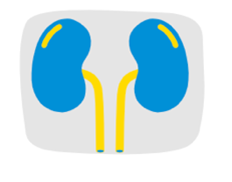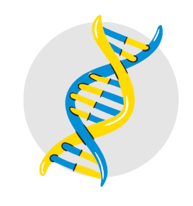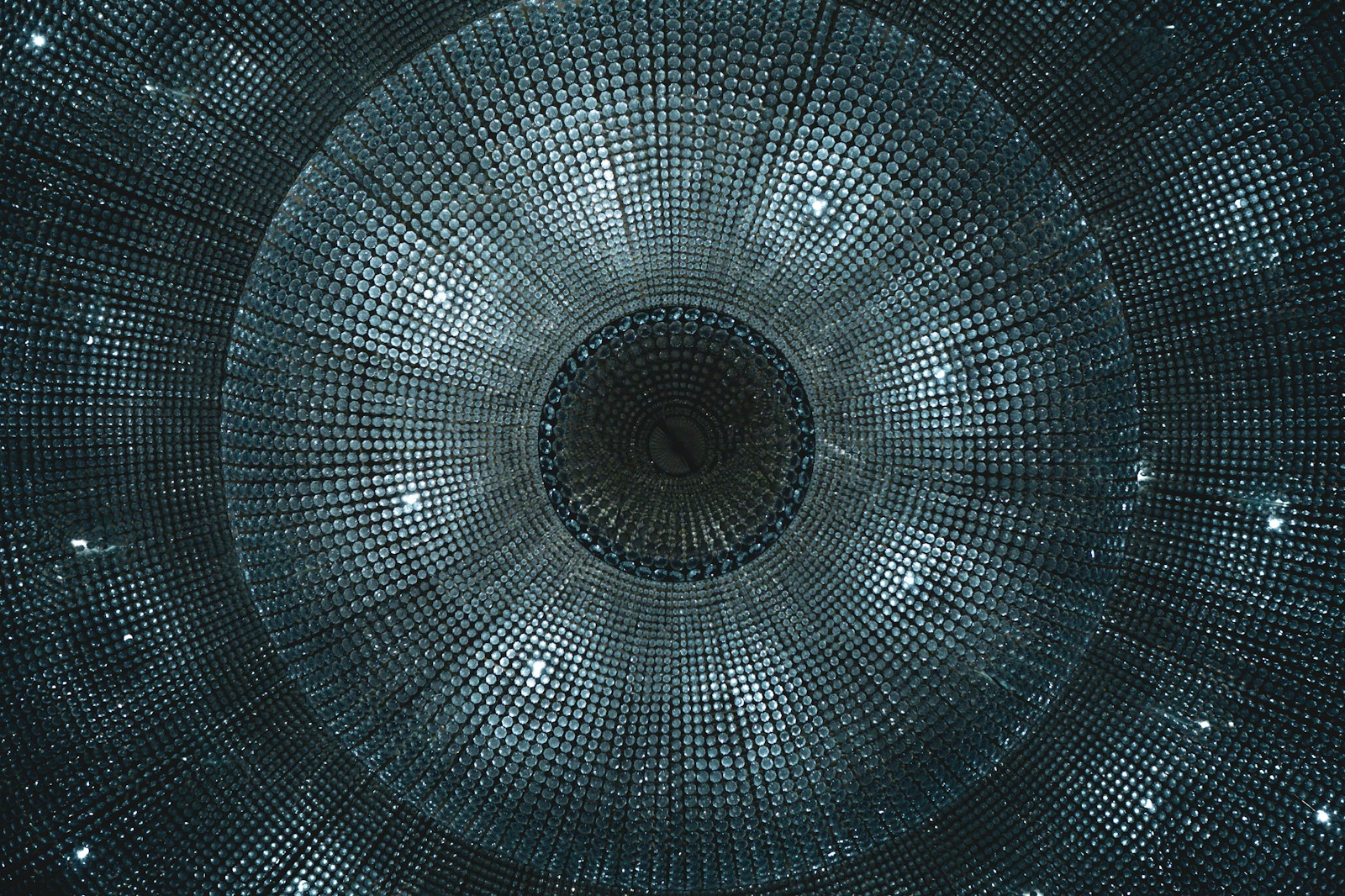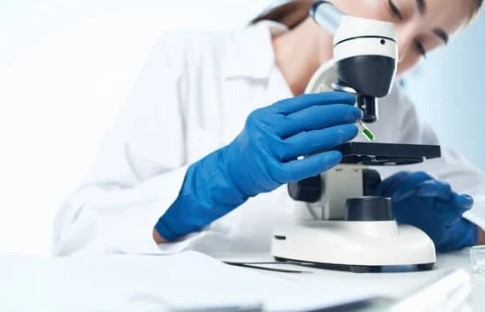
In Partnership with CSL Behring
In recent decades, huge strides have occurred in every aspect of transplant, from surgical techniques to immunosuppressive drugs. However, as demand for organs rises, organ supply has not increased to match this demand. This problem has fueled an innovation explosion in many fields like policy, bioengineering, and computer science; extraordinary scientific ideas are under way for addressing issues from the waitlist to all the way through improving post-transplant kidney function. Three notable approaches include: increasing the donor kidney supply, decreasing demand for organs, and increasing donated kidney duration.
In part 1 of this innovation series, we will focus on increasing donor kidney supply:

Currently, there is a shortage of viable, transplantable organs, resulting in lengthy wait times and diminished quality of life for patients with chronic illnesses. There are varied levels of investigation in increasing kidney supply, ranging from innovations in making suboptimal kidneys usable, to advances in creating new kidneys. Increasing the supply of donor kidneys is a multifaceted issue that requires collaboration between the fields of science and policy.
One avenue of increasing donor kidney supply is through policy changes that expand the donor pool, like expanded criteria donor systems (ECD). This means allowing suboptimal kidneys, like those from geriatric donors, to be transplanted. Due to the extant, rigorous standards for organ donation, many organ donors are refused and kidneys that are suboptimal, even if they are functional, are discarded[1].
Leveraging Technology in Donor Chains

Another innovation in kidney transplantation is leveraging technology to match donors and recipients in “donor chains.” Often, a patient necessitating a kidney transplant has a relative or loved one who is willing to donate a kidney, but their kidney is incompatible. Donor chains and paired kidney donations match patients with incompatible living donors, to allow a kidney “swap.” One of the longest chains, Chain 124, had 60 operations, 30 donated kidneys, in 17 hospitals across 11 states, initiated by the altruistic donation by Mr. Ruzzamenti, who gave his kidney expecting nothing in return[2]. As matching systems, surgical techniques, and organ shipping technology improves, donor chains can greatly improve the allocation of kidney supply.
Beyond policy changes and incremental upgrades to increase supply, there are some groundbreaking ideas and extraordinary science behind alternative sources for kidney transplants. While these innovations are currently far from being standard of care or accessible to everyone seeking a transplant, exciting progress is increasing kidney supply to match the rising demand.
Xenotransplantation

Xenotransplantation is cross-species organ transplantation, where genetically engineered pigs are the kidney donors rather than humans. The very first nonhuman kidney was transplanted in 2021 at NYU Langone Health to a deceased donor. So far, there have been no signs of rejection[3]. Barriers to xenotransplantation are steadily being overcome, but a primary barrier is our immune system’s response to a “foreign” object in our body. Even with human-to-human transplants, careful genetic matching and immunosuppressant drugs are necessary to stop our body from rejecting the new kidney. For xenotransplantation to work, the donor pig is genetically engineered to remove a gene that causes this rejection. A gland from the pig is also transplanted with the donated kidney. As genetic engineering and our understanding of the immune system improves, xenotransplantation may be a promising way to combat the current organ shortage[4].
Organ Cloning and Repair

Innovations in tissue engineering and regenerative medicine have resulted in cutting-edge ideas for cloning organs and repairing damaged organs. The process works by taking tissue from a person, bioengineering it, and implanting it back into the person. Although the kidneys are currently too complex to do this[5], promising results have already been found with bladders, vessels, and urethras. As the scientific community continues to innovate, bioengineered organs have considerable potential in the future of transplantation.
The grand vision of tissue engineer in transplantation is 3D printed organs. Using a patient’s own cells, researchers are hoping to create technology similar to conventional 3D printing. This innovation would not only increase organ supply, but eliminate the need for immunosuppression, as the organ would be printed from the patient’s own cells. However, this technology is decades away and currently quite costly. Particularly for solid organs, like kidneys and hearts, the complexity of the internal structure may take decades until 3D printing is a viable option[6].
[1] Reese PP, Harhay MN, Abt PL, Levine MH, Halpern SD. New solutions to reduce discard of kidneys donated for transplantation. Journal of the American Society of Nephrology. 2016 Apr 1;27(4):973-80.
[2] Sack K. 60 lives, 30 kidneys, all linked. New York Times. 2012 Feb 16;18.
[3] Cooper DK, Hara H. “You cannot stay in the laboratory forever”*: Taking pig kidney xenotransplantation from the laboratory to the clinic. EBioMedicine. 2021 Sep 1;71:103562.
[4] Cooper DK, Hara H, Iwase H, Yamamoto T, Jagdale A, Kumar V, Mannon RB, Hanaway MJ, Anderson DJ, Eckhoff DE. Clinical pig kidney xenotransplantation: how close are we?. Journal of the American Society of Nephrology. 2020 Jan 1;31(1):12-21.
[5] Madariaga ML, Ott HC. Bioengineering kidneys for transplantation. InSeminars in nephrology 2014 Jul 1 (Vol. 34, No. 4, pp. 384-393). WB Saunders.
[6] Kyung YS, Kim N, Jeong IG, Hong JH, Kim CS. Application of 3D printed kidney model in partial nephrectomy for predicting surgical outcomes: a feasibility study. Clinical Genitourinary Cancer. 2019 Oct 1;17(5):e878-84.


